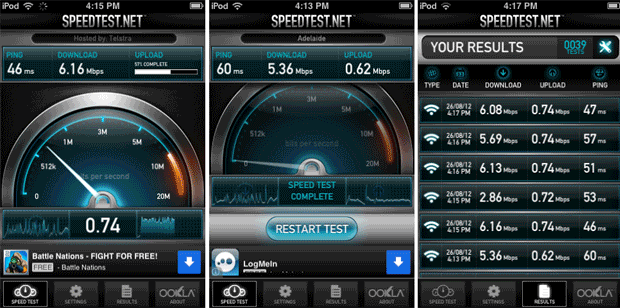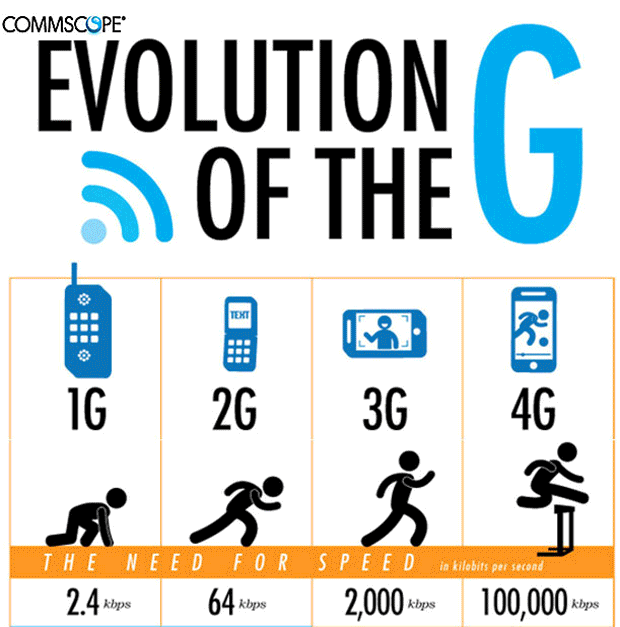|
It would be heedless to say that we haven’t come a
long way as far as mobile technology is concerned. The first cell phones
could barely keep a call connected let alone send a text message and now
we are streaming content across the wireless spectrum while cruising the
web and talking to friends. A long way indeed. Where does it go from
here and will the wireless spectrum stand up to the test? We will soon
find out.
2G Rises to the Challenge
When smart phones were first introduced, there was no texting as well as
undoubtedly horrible connections. Then came 2G or 2nd Generation
networks as well as by having them came the capability to transfer and
get information, although the velocities were actually sluggish - 9.6
kb|s - slower than the old, screechy, modems that we used to utilize in
the early days of the Internet. Slowly technological innovation
strengthened and information rates were raised, by having the latter
types of 2G getting to speeds of about 56kb|s and we thought that was
fast!
|
|
 |
|
3G is Introduced
3G or the 3rd Generation of mobile technology innovations took us by
storm with speeds of about 4 times quicker than the old 2G standards.
With initial speeds of around 200kb|s and steady transformation of the
technological innovations saw maximum speeds of up to 7.2 Mb|s and we
were awed by the things that could be accomplished. The latter speeds
were just numbers because the highest rates were not achievable unless
you were in the right spot at the right time. Still quite an
improvement.
Currently 4th Generation technologies are being presented around the
world and devices are being made available that may enjoy this brand-new
mobile advancement in speeds and reliability.
|
|

|
|
However exactly what is 4G?
4G or the 4th Generation Mobile standards is a series of measures that
defines the demands of a 4G network and also the standards that must be
met. The existing common standard specifies a 4G network as one that
offers 100Mb|s for individuals on the move as well as which supplies
1Gb|s to an immobile location or one shifting at a slow-moving speed, or
standing still in that perfect spot for instance. There are many
variable involved that profusely degenerates the speed that you will
actually be capable of utilizing.
|
|

|
|
Yes there are 4G devices available that can take advantage of the high
speed networks being built but that network has a long way to go before
most of us realize the true potential. The term 4G is being thrown
around a lot but true 4G is not widely recognized. 4G is faster than 3G
but it has to meet the specifications of the standards to be called true
4G. When we start hearing the buzzword 5G, LTE-Advanced or WiMAX Release
X, then we will probably be using more of a True Fourth Generation
mobile technology. Oh, those marketing people are good at spinning stuff
though aren’t they?
|